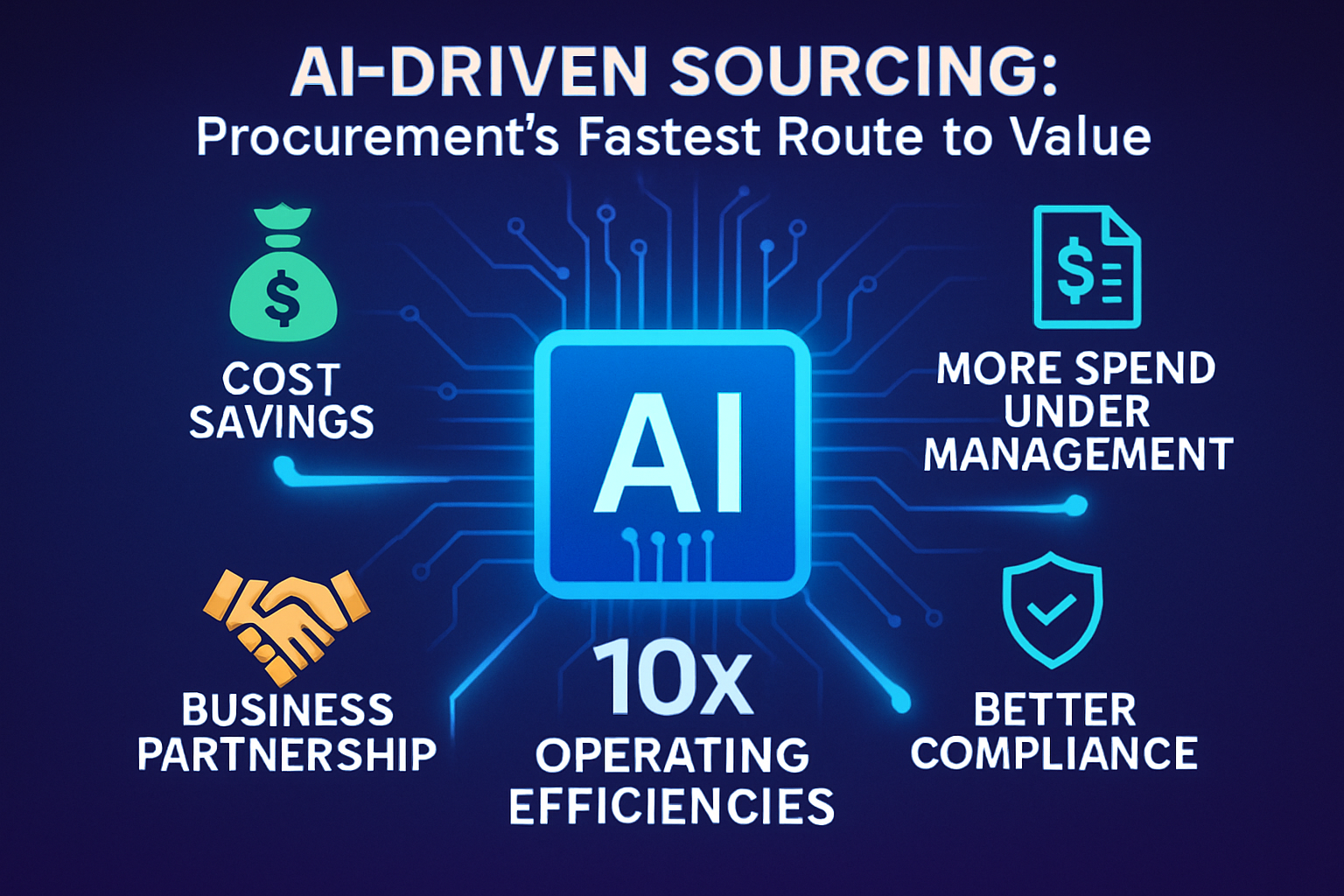4 Applications of AI in Marketing That CMOs Should Watch Closely
Over the next decade, Artificial Intelligence will transform the nature of work across a range of industries, and given our penchant for being early adopters, marketers will be on the fast track.
The potential of AI and Machine Learning to help marketers better understand our customers, improve their experience with our products and services, and reach them via tailored messages and offers is well understood in some contexts, like improving the efficiency of real-time bidding platforms to optimize spend and improve targeting. In other areas, it can be tricky to differentiate between hype and real impact.
To be sure, we still haven’t imagined some applications of AI that may end up transforming the practice of marketing ten or even two years from now. The pace of technological advancement is that fast. But here are four applications to start watching – and learning from – right away:
1. Optimizing Targeted Messaging for Direct Response Channels
JPMorgan Chase grabbed headlines last month for its nascent practice of deploying AI technology to optimize Marketing messages in direct-response emails and online display ads. Early tests resulted in many cases of machine-written outputs out-performing copy produced by human copywriters – often via subtle differences, like a word omitted from a headline or a tweaked call to action.
To be clear, the company won’t be implementing this technology for any of its TV campaigns or broader branding work, and there’s no intent to replace copywriters with machines, as some tweets and LinkedIn posts predicted. And even within the relatively narrow scope of this effort, human judgment and input are still needed; the algorithms don’t work in a vacuum.
I predict AI will eventually transform the work of a copywriter, greatly for the better. When they’re unburdened of mundane, repetitive tasks (such as tweaking email headlines) that once took up large chunks of time, they’ll be able to channel more energy into the creative outputs that really build and set apart a brand.
2. Developing Conversational Experiences
There will be 8 billion digital voice assistants in use by 2023 (including Siri, Google Assistant and Alexa), according to Juniper Research, up from 2.5 billion at the end of 2018. Clearly this category is due for explosive growth, and brands who can get ahead of the curve by developing experiences that delight consumers while providing a clear utility will have a first-mover advantage.
In a few years’ time, there’s bound to be an award at Cannes dedicated to the most innovative experiences built on Conversational AI. Until then, a few brands will lay the groundwork. Take Marriott, which partnered with digital agency RAIN on conversational experiences to enhance the experience of guests, including a pilot that deployed in-room devices to answer questions and provide local guidance in Aloft hotels. Thirty-seven percent of guests in the pilot interacted with the interface, and it diverted more than 4,000 queries that would otherwise have taken the time of front-desk staff.
3. Harnessing Predictive Analytics
As large organizations continue to build out their infrastructure for storing and analyzing vast troves of data, Business Intelligence that gives insight into future outcomes (e.g., a customer’s expected lifetime value and their propensity to buy or churn) will become more readily available – and actionable – to marketers.
This is already happening, just not at the scale that’s on the horizon. Take the Harley-Davidson dealership in New York that used an AI-driven platform to identify lookalike segments with the attributes of existing high-value customers, which resulted in a 30-fold increase in leads in the third month.
Predictive modeling enables brands to have a much richer view of customers and prospects and to deliver personalized messages, leading to improved campaign performance and higher conversion. AI is what gives rise to it at scale, in tandem with an enterprise data strategy that takes down siloes and enables a view across CRM, purchase, customer support, and other types of data.
Adoption has been slow due to technical limitations and data siloes but is due to sharply increase. A Harvard Business Review survey from late 2018 found that only 16% of respondents worked in organizations that were already performing predictive analytics, compared to 51% in companies that are planning to do so in the next two years.
4. Improving Customer Experience
Built on Natural Language Processing technology to comprehend human inputs, Chatbots have flourished recently as a customer support tool. While most high-profile branded chatbots have been built on Facebook Messenger and Kik, some brands like Bank of America have developed bots on their own platforms to steer users to the right information and services.
Still others are deploying chatbots for purposes other than customer service. Pond’s recently launched one to match people to relevant skincare products, which it says is driving better results than existing digital channels.
The devil is in the details, of course, and a brand will be diminished, not elevated, by a clunky interface that fails to do what’s expected of it. However, since millennials have come to expect services and information to be delivered via a few keystrokes, smart brands will continue to iterate on chatbots as the front line of customer support, deploying them to answer simple questions so that customers don’t immediately have to pick up the phone.
Marketers ultimately have little to fear and a great deal to gain from the advance of AI and Machine Learning technologies, which will absorb a growing share of repetitive, mundane tasks, including agency management and identifying the right external partners for every brief.
At the end of the day, we all got into Marketing to solve business problems and focus on customers, and every minute spent onboarding a new vendor or making imperceptibly small tweaks to messaging takes away from time that could be spent on meaningful creative or strategic work.
***********************
Erez Yereslove is Chief Marketing Officer at Globality


